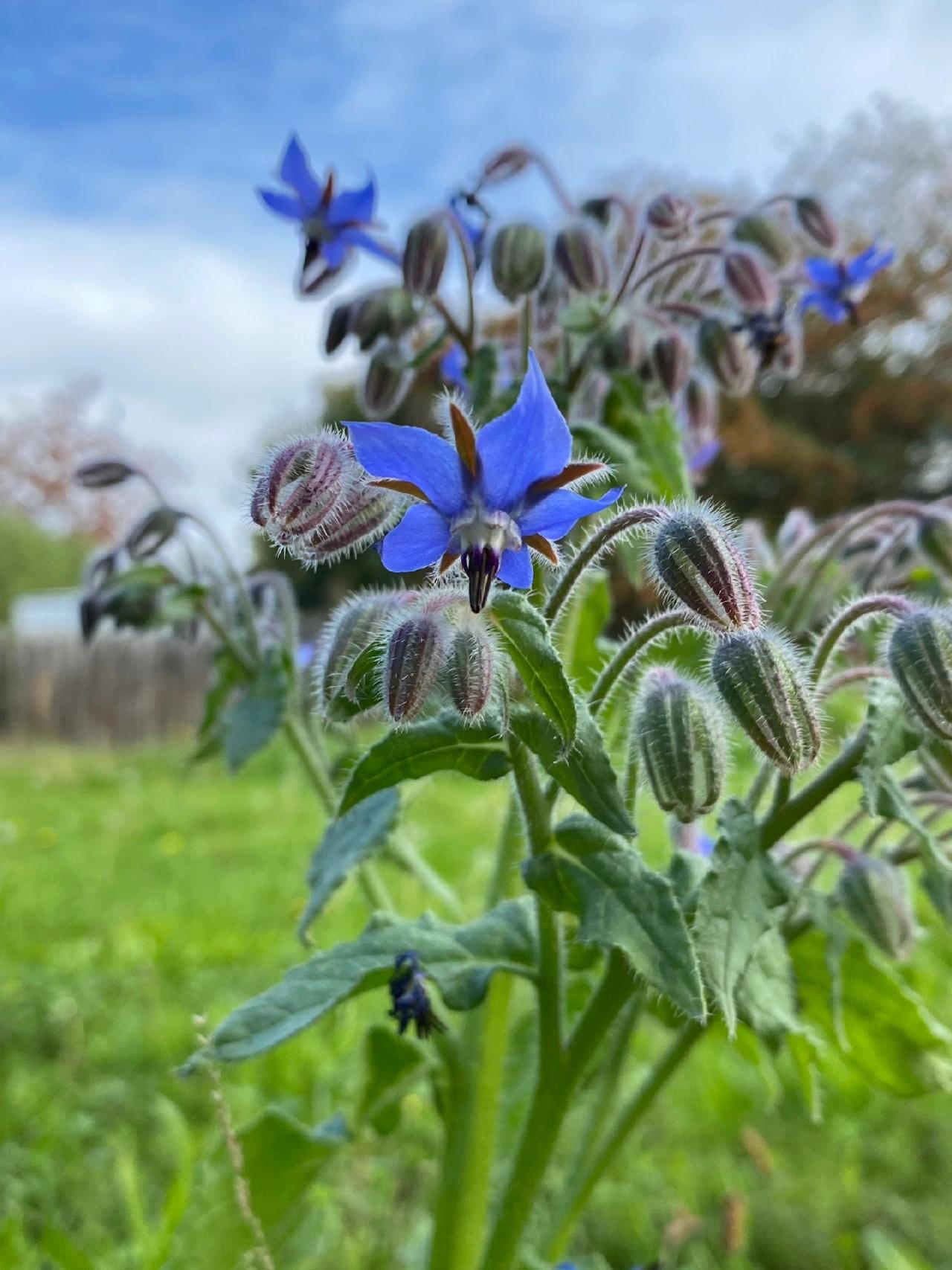Caricaceae, also known as papaya plants, have an interesting story. It is believed that they were first cultivated in Mexico and Central America, where they were used both for their fruit and medicinal properties. When Spanish explorers discovered papayas in the 16th century, they brought them back to Europe and eventually spread them to other parts of the world. Today, papayas are an important crop in tropical and subtropical regions, and their sweet and refreshing taste has made them a popular fruit. In addition, papayas contain enzymes that can aid digestion and have been used in traditional medicine for centuries.
Picture
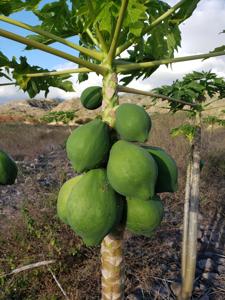
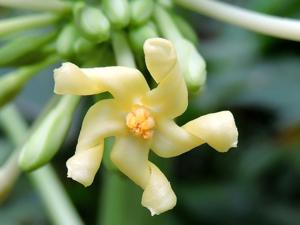
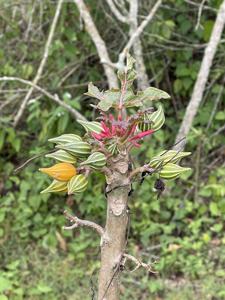
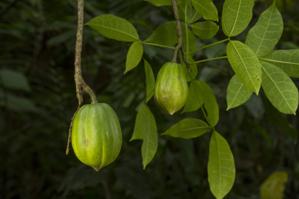
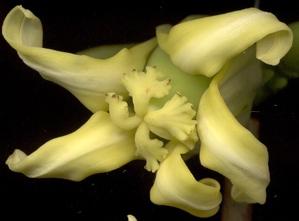
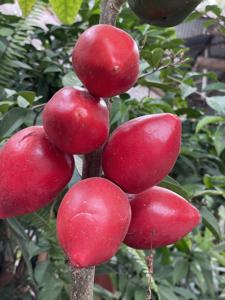
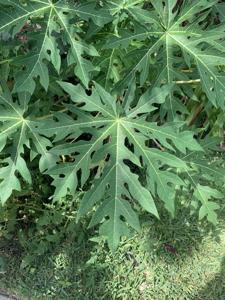
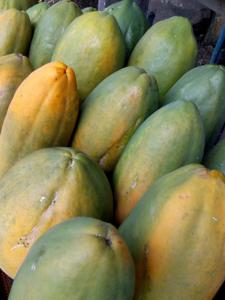
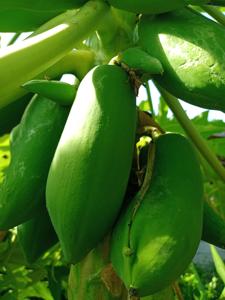
Plant some seeds now!
Short Description
The Caricaceae are a family of flowering plants in the order Brassicales, found primarily in tropical regions of Central and South America and Africa. They are usually short-lived evergreen pachycaul shrubs or small to medium-sized trees growing to 5–10 m tall. One species, Vasconcellea horovitziana is a liana and the three species of the genus Jarilla are herbs. Some species, such as the papaya, bear edible fruit and produce papain.
Based on molecular analyses, this family has been proposed to have originated in Africa in the early Cenozoic era, ~66 million years ago (mya). The dispersal from Africa to Central America occurred ~35 mya, possibly via ocean currents from the Congo delta. From Central America, the family reached South America 19-27 mya.
The family comprises six genera and about 34-35 species:
Caricaceae
Carica – one species, Carica papaya (papaya), Americas
Horovitzia – one species, Mexico
Jarilla – four species, Americas
Jacaratia – eight species, Americas
Vasconcellea – twenty species, Americas
Cylicomorpha – two species, Africa


